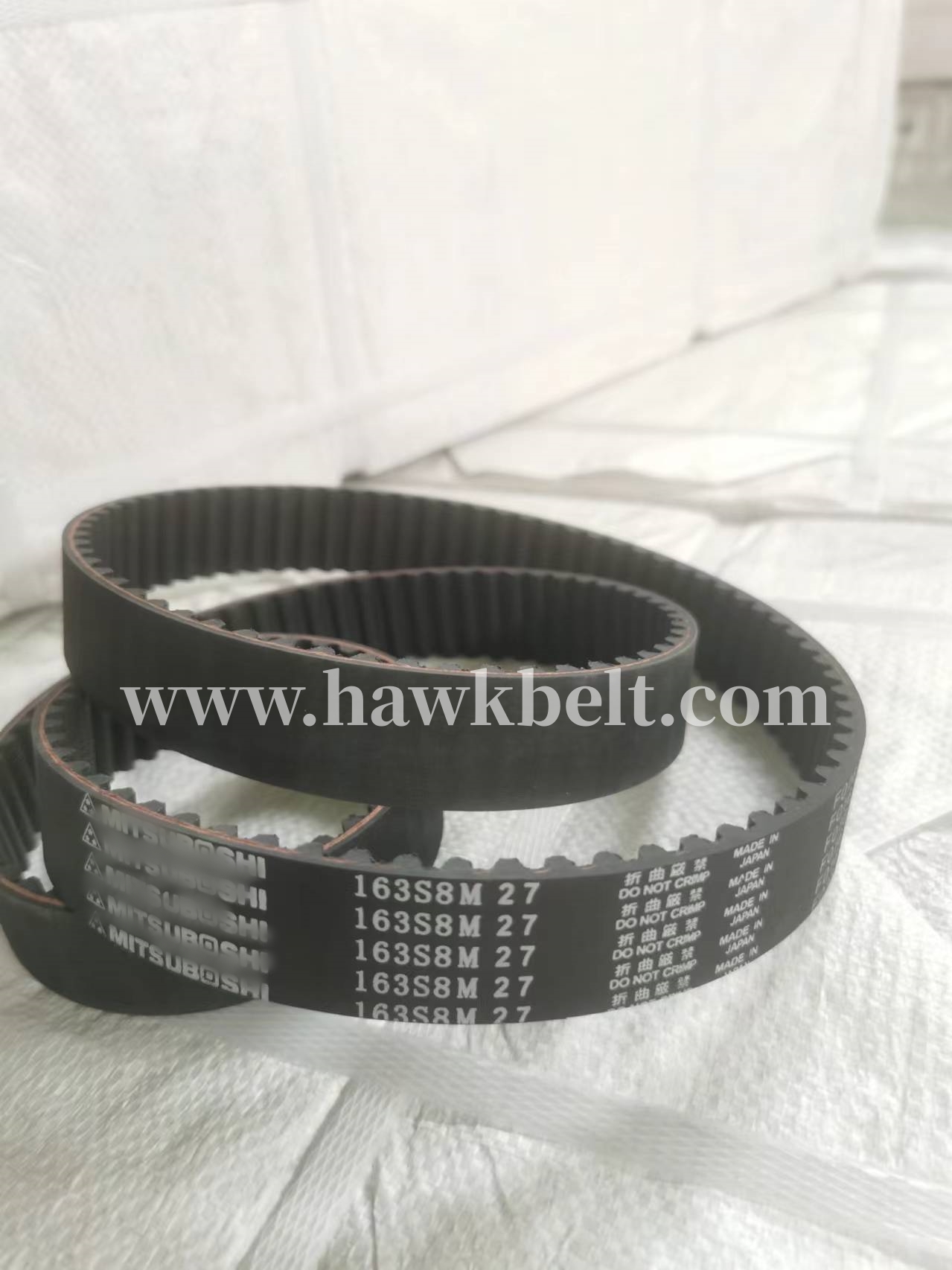- Arabic
- French
- Russian
- Spanish
- Portuguese
- Turkish
- Armenian
- English
- Albanian
- Amharic
- Azerbaijani
- Basque
- Belarusian
- Bengali
- Bosnian
- Bulgarian
- Catalan
- Cebuano
- Corsican
- Croatian
- Czech
- Danish
- Dutch
- Afrikaans
- Esperanto
- Estonian
- Finnish
- Frisian
- Galician
- Georgian
- German
- Greek
- Gujarati
- Haitian Creole
- hausa
- hawaiian
- Hebrew
- Hindi
- Miao
- Hungarian
- Icelandic
- igbo
- Indonesian
- irish
- Italian
- Japanese
- Javanese
- Kannada
- kazakh
- Khmer
- Rwandese
- Korean
- Kurdish
- Kyrgyz
- Lao
- Latin
- Latvian
- Lithuanian
- Luxembourgish
- Macedonian
- Malgashi
- Malay
- Malayalam
- Maltese
- Maori
- Marathi
- Mongolian
- Myanmar
- Nepali
- Norwegian
- Norwegian
- Occitan
- Pashto
- Persian
- Polish
- Punjabi
- Romanian
- Samoan
- Scottish Gaelic
- Serbian
- Sesotho
- Shona
- Sindhi
- Sinhala
- Slovak
- Slovenian
- Somali
- Sundanese
- Swahili
- Swedish
- Tagalog
- Tajik
- Tamil
- Tatar
- Telugu
- Thai
- Turkmen
- Ukrainian
- Urdu
- Uighur
- Uzbek
- Vietnamese
- Welsh
- Bantu
- Yiddish
- Yoruba
- Zulu
Sep . 19, 2024 15:45 Back to list
raw edge v belt
Understanding the Difference Raw Edge vs V-Belt
When it comes to power transmission in mechanical systems, the choice of belt plays a crucial role in efficiency, performance, and longevity. Two common types of belts utilized in various applications are raw edge belts and V-belts. While they may seem similar at first glance, their construction, functionality, and applications differ significantly. This article delves into these differences, helping you make an informed decision for your specific needs.
Raw Edge Belts An Overview
Raw edge belts, often referred to as raw edge cog belts, are designed with a unique feature their sides are not coated or finished. Instead, the edges remain exposed, which provides a distinct advantage in terms of grip and performance. The absence of a cover allows the belt to engage more effectively with the pulleys, thereby minimizing slippage and maximizing power transmission.
One of the primary benefits of raw edge belts is their ability to operate at higher speeds and with more precision than traditional belting options. They are constructed using a series of cog-like teeth that interlock with the corresponding grooves in the pulley system. This design enhances efficiency, reduces energy loss, and leads to quieter operation. Additionally, raw edge belts tend to have longer service life characteristics due to reduced wear and heat buildup.
V-Belts The Classic Choice
V-belts, on the other hand, are widely recognized in industrial and automotive applications. Their trapezoidal cross-section enables them to effectively wedge into the grooves of pulleys, which creates a secure grip. V-belts have a durable outer cover that protects the inner core from weather, oil, and other environmental factors, enhancing their longevity and reliability.
One of the notable advantages of V-belts is their versatility. They can be used in various applications, from household appliances to heavy machinery. However, one must consider that V-belts can experience slippage, especially under high loads or in situations where the tension is not adequately maintained. Regular maintenance is essential to ensure optimal performance and prevent premature failure.
raw edge v belt

Key Differences
1. Construction Raw edge belts feature exposed edges for improved grip, while V-belts come with a coated outer surface for protection.
2. Performance Raw edge belts excel at high speeds and precision applications, while V-belts are more versatile and widely used across different sectors.
3. Maintenance V-belts require regular tension adjustments to avoid slippage, whereas raw edge belts can be more forgiving in this regard.
4. Lifespan Generally, raw edge belts can outlast V-belts due to their reduced friction and heat generation.
Conclusion
Choosing between raw edge belts and V-belts ultimately depends on the specific requirements of your application. If high efficiency, reduced slippage, and longer lifespan are paramount, raw edge belts may be the superior choice. On the other hand, if versatility and traditional applications are your priority, V-belts are a dependable option. Understanding these differences is crucial in making an informed decision, ensuring that your machinery operates smoothly and efficiently.
-
Korean Auto Parts Timing Belt 24312-37500 For Hyundai/Kia
NewsMar.07,2025
-
7PK2300 90916-T2024 RIBBED BELT POLY V BELT PK BELT
NewsMar.07,2025
-
Chinese Auto Belt Factory 310-2M-22 For BMW/Mercedes-Benz
NewsMar.07,2025
-
Chinese Auto Belt Factory 310-2M-22 For BMW/Mercedes-Benz
NewsMar.07,2025
-
90916-02660 PK Belt 6PK1680 For Toyota
NewsMar.07,2025
-
drive belt serpentine belt
NewsMar.07,2025

